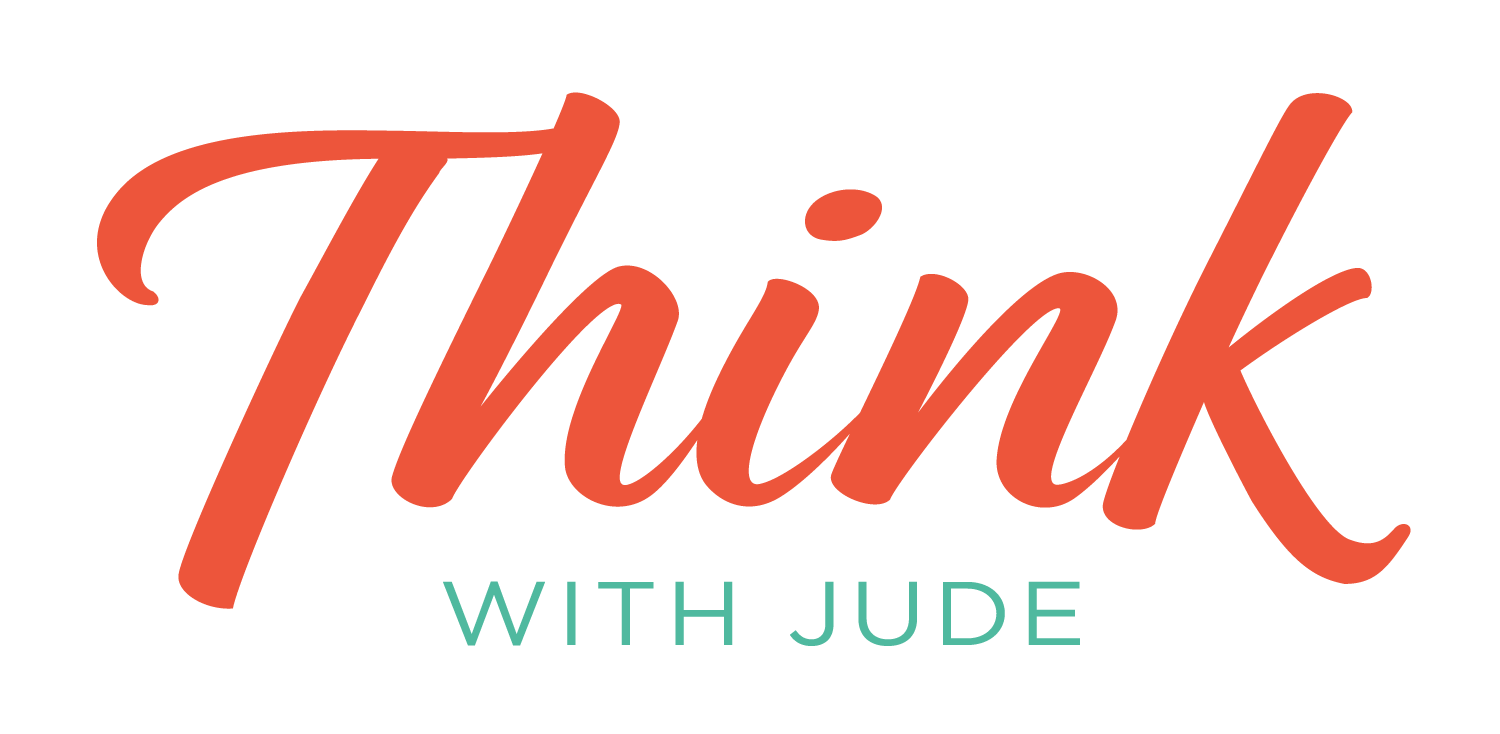What’s the difference between the role of line manager, coach and mentor?
What’s the difference between the roles of line manager, coach and mentor?
It’s a question a Thinker I work with brought to her session.
It ignited a whole world of thinking and exploration that I’d love your thoughts on.
I image each role like this:

The Line manager is at the top because no matter what other roles you have, you are always the line manager. You have more authority and responsibility than your direct reports and so what you say and do holds more weight. Even if none of you are consciously aware of it.
In developing your team you can choose to mentor or coach.
At the mentoring end of the spectrum you’re helping your team learn from the benefit of your experiences or knowledge. This is where you teach, advise and set up opportunities.
At the coaching end of the spectrum you’re helping your team learn from their own experiences. This is where you increase their awareness and understanding through asking questions and summarising back what you’re hearing.
When our team come to us with a problem we’re inclined to jump in and try and fix it for them, we go to the mentoring end of the spectrum.
It’s not surprising really when you think about our lives. When we’re little our caregivers tell us what to do, then our teachers and then our bosses. So it makes sense when we come to be in a position of responsibility we do the same.
But what this means is that as a manager you end up doing all the thinking and your team become reliant on you.
Instead you want to be using the full spectrum of mentoring and coaching.
If your direct report has never done the task before, it’s an emergency or you have information they don’t, then you want to be at the mentoring end.
If the task is something you want your direct report to be doing more of or you feel compelled to offer help immediately then it’s more empowering to start at the coaching end.
And the Coaching Triangle is a great way to do that.
When you start at the coaching end, you get to hear their logic and can fill in any gaps, either by telling them or asking them questions. This helps them and you grow in confidence about their abilities and make it easier to delegate.
It also helps when someone comes to you with a problem and you feel the need to rescue them. By asking them to tell me more you get to the heart of what their issue really is.
Most of the time people want to be heard and don’t need you to fix things for them. And if they do, then it makes more sense to ask them what they want you to do versus guessing.
This is my thinking so far.
What are your thoughts?
Drop me a line. jude@thinkwithjude.com
PS: The Coaching Triangle was renamed the Coaching Two-Step when Think Like A Coach was published.




